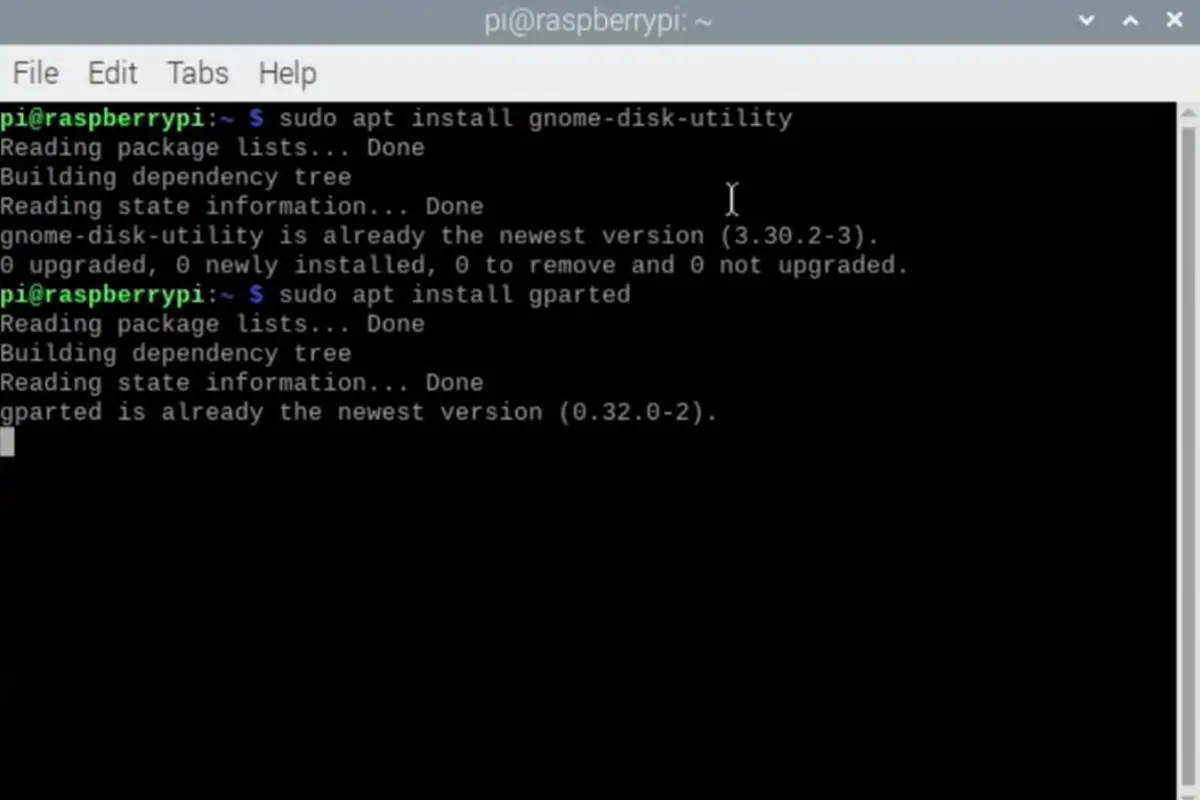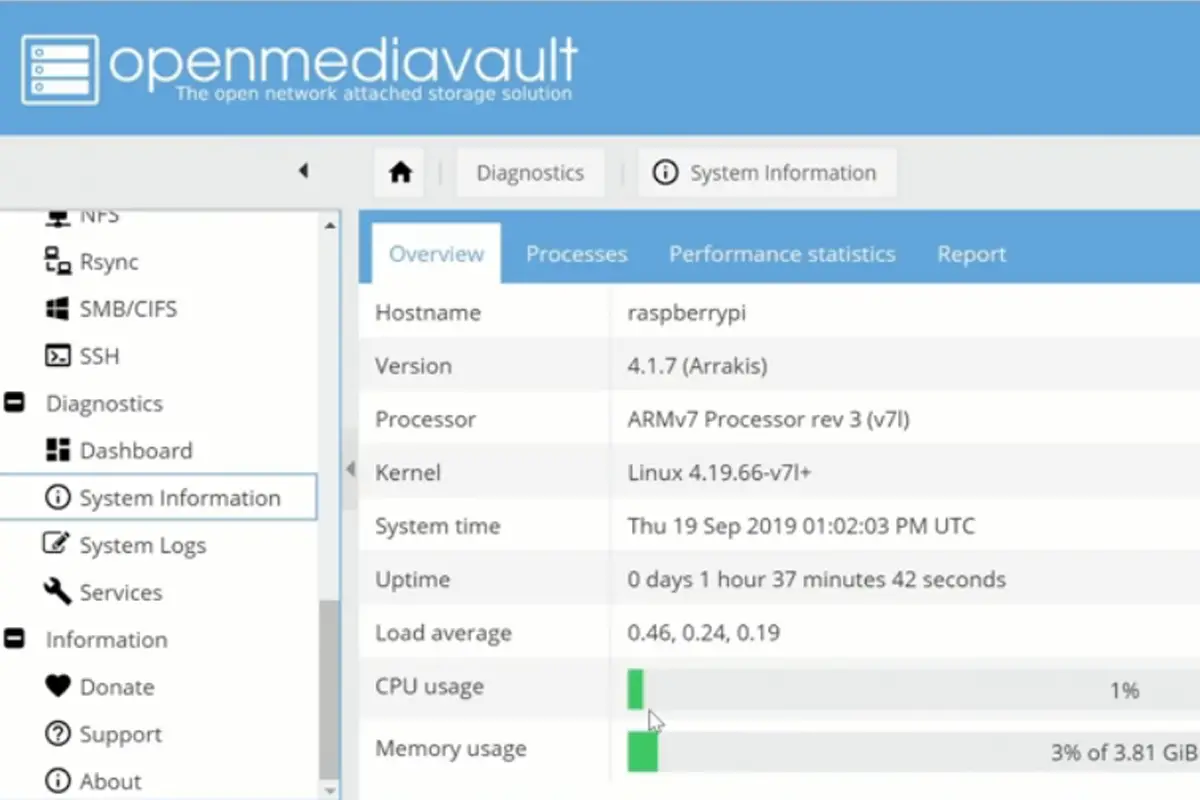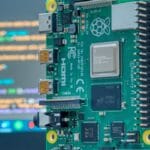A Raspberry Pi is a versatile computer that can connect to a wide range of sensors. These sensors are great ways of making your system much more functional and allow you to measure, track and automate countless tasks!
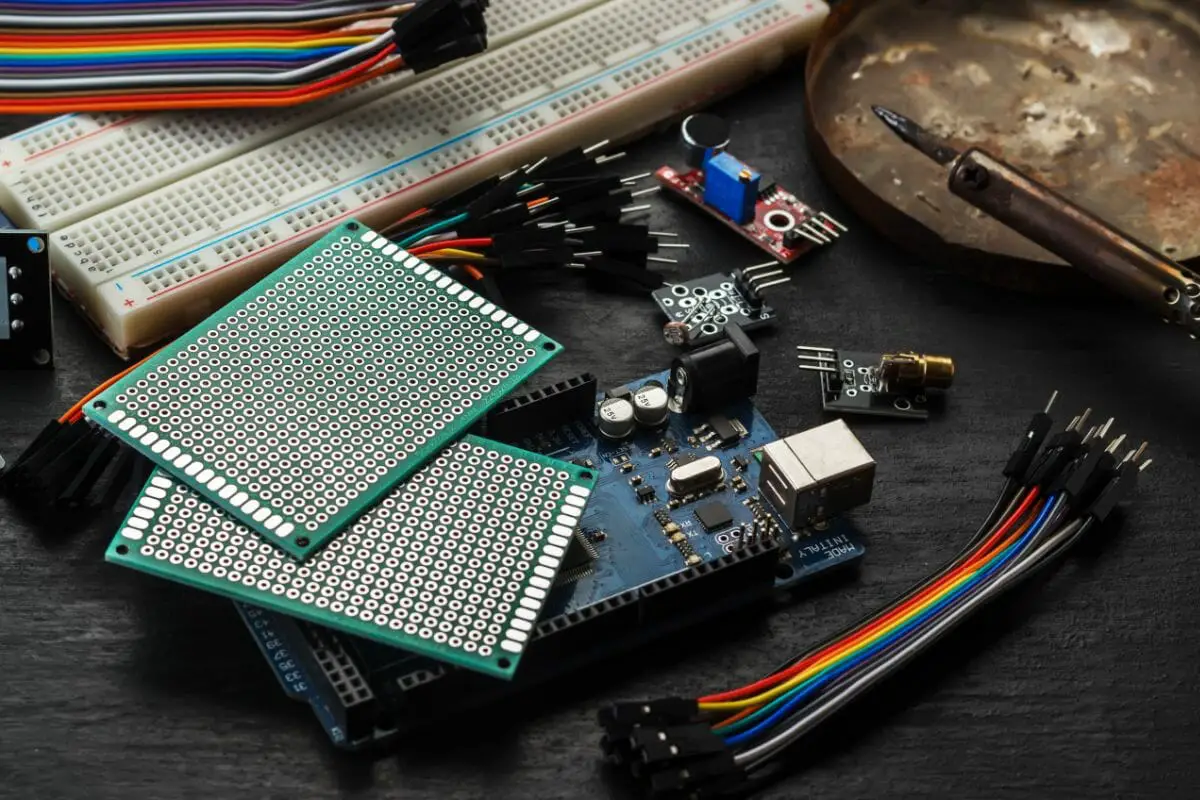
But what sensors are best for a Raspberry Pi? This guide covers the essential sensors for your Raspberry Pi device!
10 Important Raspberry Pi Sensors You Need For Your Pi
1. PIR Motion Sensor
As the name suggests, this device is capable of sensing movement. These clever sensors work by detecting the infrared light that is emitted by moving objects, such as humans.
The PIR motion sensor is much more budget-friendly than many of its competitors. They also use minimal power, making them a great option for your Raspberry Pi.
Though the PIR motion sensor is commonly used outdoors, it can also be used to detect movement indoors. This motion sensor can only detect movement in a limited space, but this is nonetheless a great way of increasing home security.
2. MQ-2 Gas Sensor
The MQ-2 gas sensor is widely used both in home and industrial settings to identify gas leaks. Different models can detect different gases, but most models are able to identify:
- Methane
- Alcohol
- Hydrogen
- Smoke
- Carbon monoxide
- Propane
This sensor can act as a great safety feature or monitor in situations that require certain gas levels to remain stable.
3. DS18B20
The DS18B20 is a type of digital thermometer that’s great for an accurate temperature measurement.
The temperature sensor can provide 9-bit and 12-bit measurements in Celsius and as it has been waterproofed, the DS18B20 is great for outdoor usage. Hence, it is widely used to monitor the weather.
4. HC-SR04 Ultrasonic Sensor
The HC-SR04 is a superb ultrasonic sensor and can be used to detect the distance between two objects.
With impressive ranging accuracy, this sensor can provide reliably accurate results via the use of sonar.
5. Raindrop Sensor
Aside from measuring the temperature, another important aspect of documenting the weather is obviously measuring the rain.
This sensor will send out a powerful analog signal, the intensity of which will differ depending on the amount of water.
To use a raindrop sensor, you must pair it with a microcontroller. The 8051 or MCP3008 will suffice when using a raindrop sensor.
Raindrop sensors have lots of practical applications. For instance, they can be used to make windscreen wipers so that whenever the screen becomes wet, the wipers will automatically activate.
6. GP2Y0A02YK
The GP2Y0A02YK is another great sensor for measuring distance. Powered by infrared emitters, the GP2Y0A02YK provides precise results. In fact, it tends to be much more accurate than other similar sensors.
As a consequence, the GP2Y0A02YK is widely used in robotics.
7. Humidity Sensor
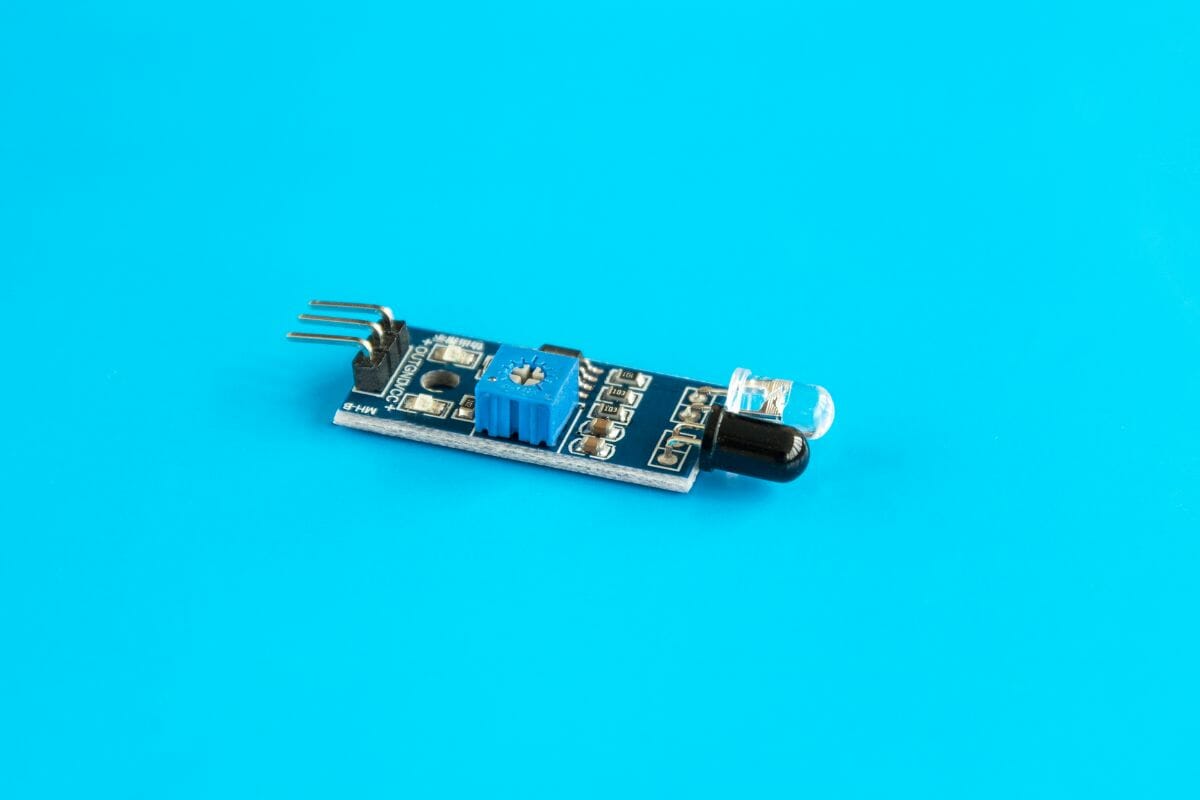
Another essential addition to a weather station is to include a humidity sensor. Humidity sensors are also known by the name hygrometers.
They work by identifying changes in electrical currents, which will adjust the humidity levels. The DHT22 is one of the best humidity sensors on the market. It not only detects humidity but also measures temperature, making it a versatile option.
These sensors are often used in greenhouses to ensure that plants receive a desirable humidity level.
8. Pulse Sensor
Monitoring your pulse can be an important part of health tracking and optimising. This will tell you your heart rate in the form of beats per minute and can be incredibly useful in diagnosing illness and improving performance. A pulse sensor needs to be proximal to a vein making your fingertip an ideal place to put it.
9. Vibration Sensor
A vibration sensor is a highly sensitive bit of gear that, yep – you guessed it – measures vibrations!
My personal favourite use for a vibration sensor is to measure any potential interference that could impact my vinyl record player.
10. Fingerprint Sensor
Last but not least, a fingerprint sensor is a device that is capable of recognizing fingerprint patterns.
Great for identification, a fingerprint sensor can be connected to your Raspberry Pi to increase security. This sensor will store the print.
Frequently Asked Questions:
How Many Sensors Can A Raspberry Pi Manage?
The answer to this question will depend on what model of Raspberry Pi you are using. Some will be able to handle more sensors than others.
For instance, the Raspberry Pi 2 can handle 26 sensors, but a more modern version will be capable of managing many more.
How Do You Choose A Sensor?
Picking the right sensor for your Raspberry Pi can be tough, as there are so many great options out there. The best way of picking sensors is to consider the purpose of your Raspberry Pi. What do you want it to do?
For instance, if you want to use your Raspberry Pi to build a weather station, you will need to use temperature and humidity sensors. Other factors, such as the accuracy of the sensor, its size, and the price will also need to be taken into account.
Final Thoughts
As you can see, an impressive number of sensors can be connected to a Raspberry Pi. As a result, the functionality of this computer device is fantastic.
So whether you want to detect the temperature or improve your wireless connection, there are loads of different Raspberry Pi sensors for you to experiment with!
- How To Uninstall Packages On Ubuntu - March 13, 2024
- How To Restart Ubuntu Using The Terminal - March 13, 2024
- What Is The Steam Deck | Experience Modern Handheld Gaming - March 12, 2024

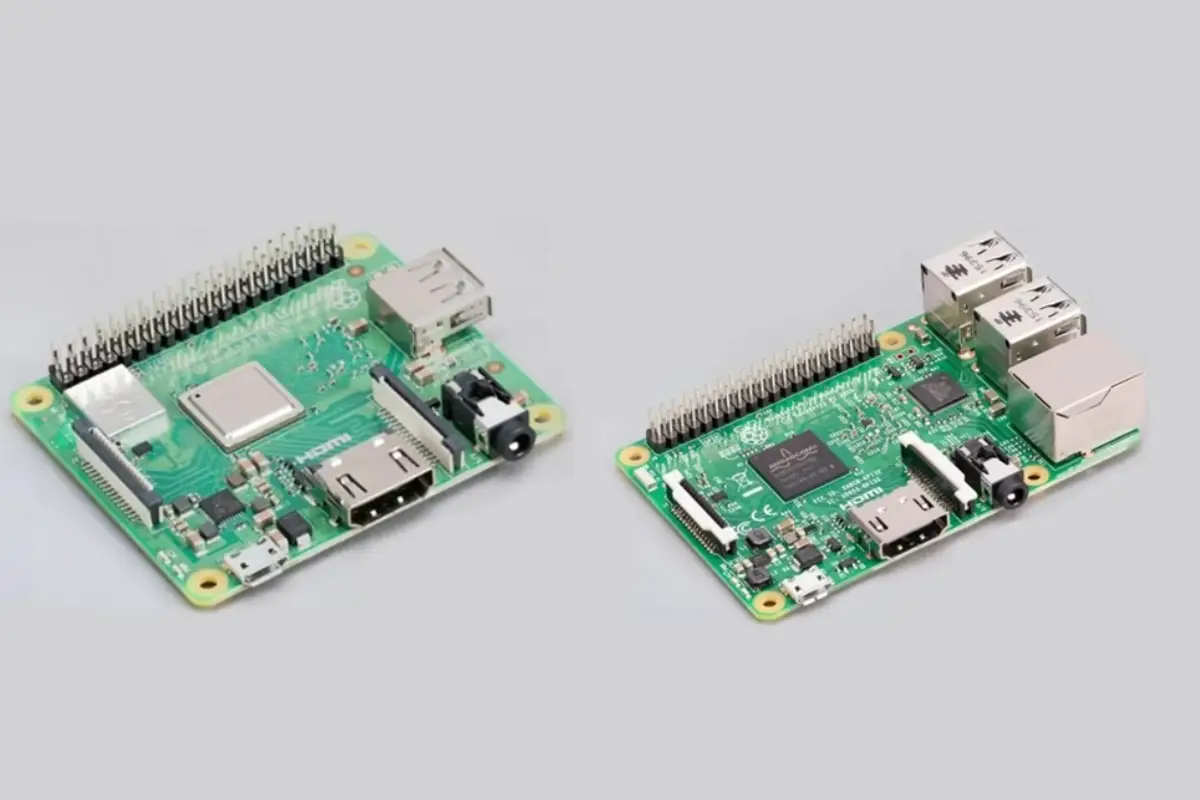
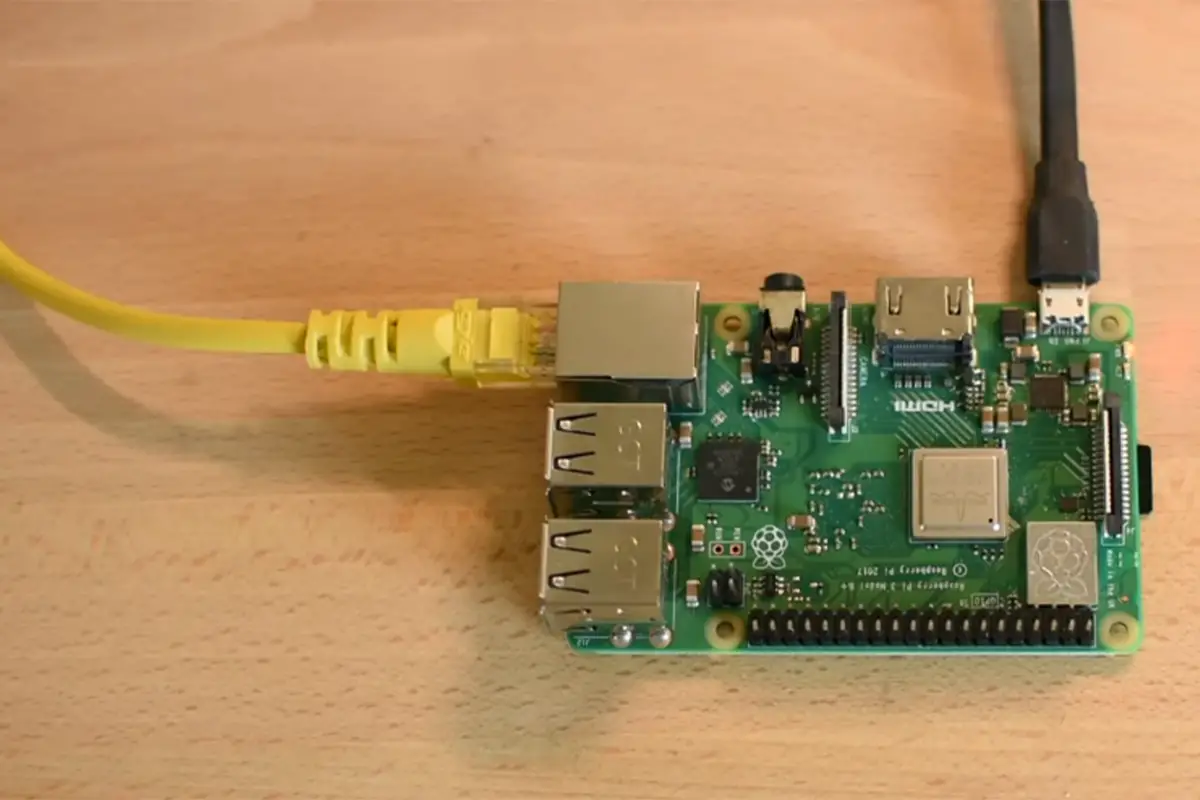

![How To Host A Website On A Raspberry Pi: A Step By Step Guide How To Host Your Own Website On Raspberry Pi [Ultimate Guide]](https://raspians.com/wp-content/uploads/2023/02/How-To-Host-Your-Own-Website-On-Raspberry-Pi-Ultimate-Guide-1-150x150.jpg)
